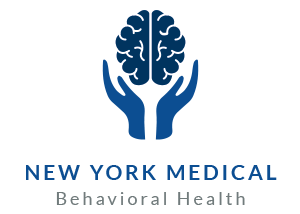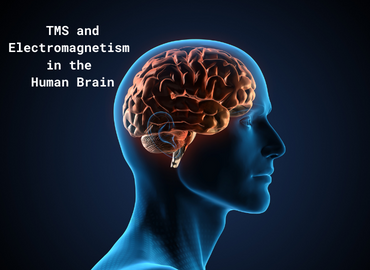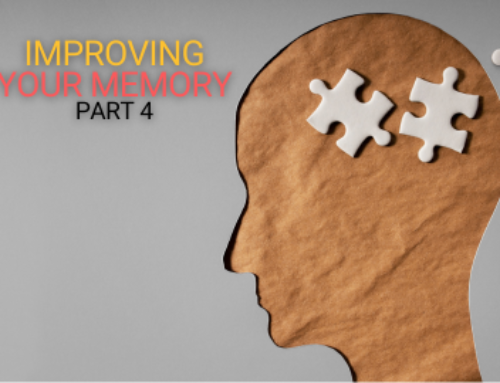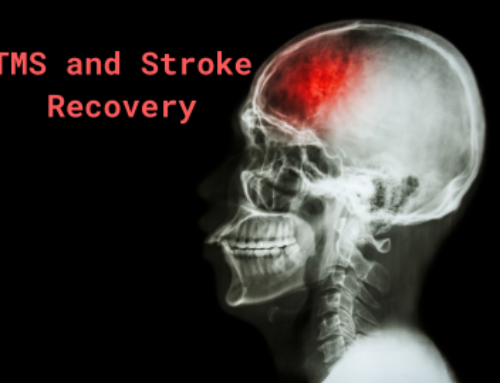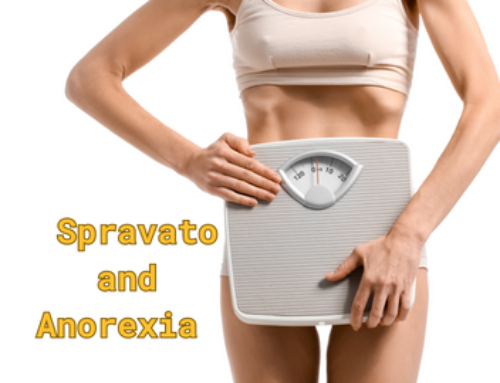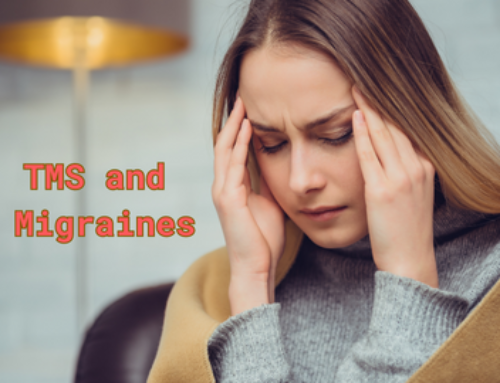TMS and Electromagnetism in the Human Brain
As we learned in a recent post about the function of electromagnetism in the human body, we use electric charges to power our nervous system. These charges provide the energy needed to send signals to various parts of the body. Without it, we could not do things like showing empathy or waving to someone we know.
One of our offerings at Rochester Holistic Psychiatry is transcranial magnetic stimulation, or TMS. TMS is a noninvasive method for adjusting brain function by delivering electromagnetic charges to the brain, particularly the frontal cortex. That is the region of the brain that contains the most activity governing our mood and ability to respond to stimuli.
Transcranial magnetic stimulation is not the only method of brain stimulation for the purpose of improved mental health. It differs from electroconvulsive therapy (ECT) in that TMS does not require sedation using anesthesia or cause seizures. TMS does not require surgery like deep brain stimulation (DBS) or device implantation as vagus nerve stimulation (VNS) does. We advocate for every brain stimulation patient to receive the method of treatment that suits them best as decided by the patient and their medical care team.
The first effective demonstration of TMS occurred in 1985. It was approved by the FDA in 2008, making it available to medical professionals to treat the public. Since then, it has been refined with progressive methods and technology. We use NeuroStar equipment.
TMS has made inroads into fighting treatment resistant depression by going straight to the parts of the brain that most affect brain function as connected to mood, judgment, and response to stimuli. When an electric current passes through a coil that is applied to the patient’s scalp, it energizes areas in the brain that are inflamed, underactive, or imbalanced. TMS improves the function of neurons in parts of the brain like the prefrontal cortex. This is linked to increased serotonin production. Serotonin is used for blood clotting, digestion, libido, and general mood. It’s like a cup of coffee for the brain, but without the quickened pulse and anxiety.
During the treatment session, the patient is awake and alert the entire time. In general, receiving a TMS treatment feels like a tingling or light scratching sensation on the scalp which goes away immediately after the pulses cease. Afterward, the patient can return to the day’s business with no downtime.
TMS can be combined with other treatments like antidepressant medications and therapy. We always advise starting with a journal and one’s general physician. A general physician can run a variety of tests to eliminate and/or reveal existing conditions, access resources, and make referrals. We also provide metabolic workups at our facility. A journal helps the patient express themselves, track symptoms, expose patterns, and more.
There is much study still being done on TMS and the problem of beating treatment resistant depression. We hope that more major medical insurance carriers will cover this treatment. Improved accessibility to the best medical care available is something we desire and push for every day.
For questions and appointments, contact us on our website or call (585) 442-6960.
